Photo: NASA (Goddard Space Flight Center)" src="https://s.yimg.com/ny/api/res/1.2/0Kzxqp84vjvuCHYro6EKEw-/YXBwaWQ9aGlnaGxhbmRlcjt3PTk2MDtoPTUxMw-/https://media.zenfs.com/en/the_conversation_464/7680576bf249e15752 563d421f529a54″ data-src= "https://s.yimg.com/ny/api/res/1.2/0Kzxqp84vjvuCHYro6EKEw-/YXBwaWQ9aGlnaGxhbmRlcjt3PTk2MDtoPTUxMw-/https://media.zenfs.com/en/the_conversation_464/7680576bf249e15752563d 421f529a54″/>
Two commercial spacecraft are scheduled to be launched to the moon in early 2024 under a NASA initiative called the Commercial Lunar Payload Service CLPS. This program is intended to establish a commercial transportation service that could deliver NASA experiments and other payloads to the lunar surface.
If successful, these missions will represent the first landings on the moon by spacecraft designed and flown by private companies. They could potentially open a new era of commercial lunar exploration and science.
CLPS was inaugurated by NASA in 2018. An initial pool of nine companies received an invitation to participate in the program. Among them were Astrobotic and Intuitive Machines, the two companies behind these missions. Both missions expect to land within a week of launch.
The first launch, and NASA's first flight of 2024, will be the Peregrine lunar lander, built by Pittsburgh-based Astrobotic. The launch is scheduled for January 8 at the earliest. Broadly speaking, the lander is a box the size of a medium-sized garden shed containing several separate experiments.
These include an array of mirrors, called a laser retroreflector array, used to accurately position the lander from orbit. There are also a number of spectrometers - instruments that separate and measure the different colors in light. These will measure radiation on the moon's surface and look for traces of water in the moon's soil.
One of these, the Neutron Spectrometer System, looks for hydrogen-containing materials on the surface, which may indicate the presence of water underground. This water could one day be used by human explorers.
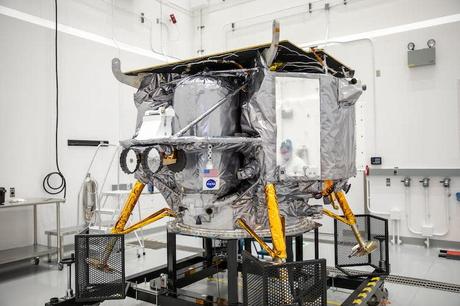
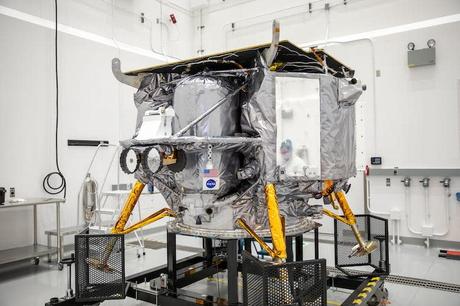
There are two main sources of dangerous radiation for people in space. One of these is the sun, which releases electrons, protons and heavier ions that are accelerated to a significant fraction of the speed of light.
It is more likely that these solar energetic particle events (SEPs) occur during the peak of the Sun's activity (solar maximum), which occurs every eleven years. However, that doesn't mean there's a reprieve during solar minimum.
The story continues
The other source of harmful radiation is galactic cosmic rays (GCRs). These energetic particles originate outside the solar system, probably in explosive phenomena such as exploding stars (supernovae).
During periods of lower solar activity (including solar minimum), the Sun's magnetic field, which extends throughout the solar system, weakens. This allows more GCRs to reach us.
Another spectrometer on Peregrine will measure both SEPs and GCRs on the moon. This is important to investigate how dangerous the radiation environment on the moon's surface will be for future human explorers.
Polar landing
The second spacecraft to be launched in early 2024 is the Nova-C lander. Designed by Houston-based Intuitive Machines, it has a similar volume to Peregrine, but in the shape of a tall, hexagonal cylinder. It will carry several instruments, including its own laser retroreflector array. Nova-C is currently scheduled to launch in mid-February.
Other instruments include an array of cameras to produce a 3D image of Nova-C's landing site. This allows scientists to estimate how much material is blown out by the landing rocket's exhaust plume during descent. Potentially any blown-away material can be imaged to get an idea of the composition of the surface material.
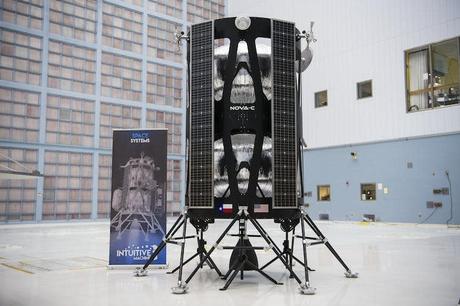
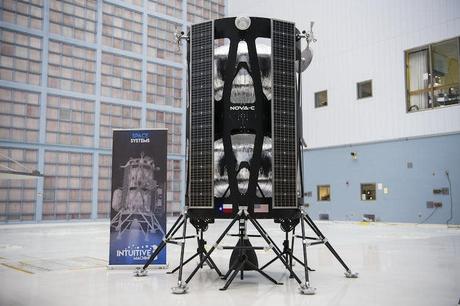
The instrument "Radio observations of the photoelectron mantle on the lunar surface" (Rolses) is designed to measure how the extremely thin lunar atmosphere and the dust environment on the lunar surface influence the radio waves.
The behavior of electrically charged dust particles on the moon is an engineering challenge that future explorers will face because the abrasive particles can stick to surfaces and mechanical devices and potentially cause damage if inhaled by astronauts.
A privately built experiment aboard Nova-C is the International Lunar Observatory ILO-X, which aims to capture some of the first images of the Milky Way Galaxy from the moon's surface. This would demonstrate the concept of moon-based astronomy.
Landing locations
Peregrine's landing site is a bay on the western side of Mare Imbrium known as Sinus Viscositatis (Bay of Stickiness). Here are two volcanic mountains, called the Gruithuisen Domes, made of a different material than the surrounding plains.
The plains are a form of basalt, while the domes are made of silica. Both are of volcanic origin, but one appears to have been formed by lava with a viscosity of mango chutney (the silica), and the other by thinner lava (the basalt).
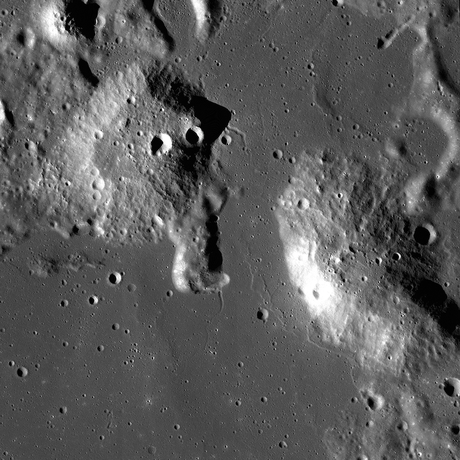
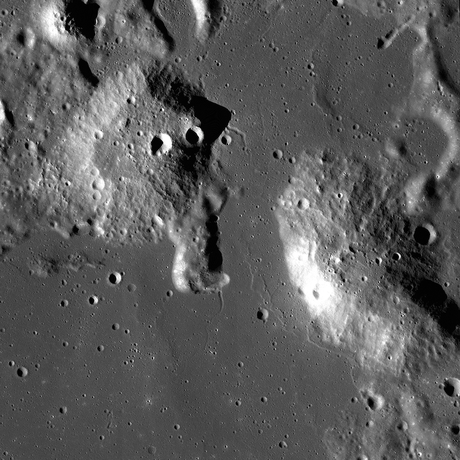
On Earth, silica lavas typically require the presence of both water and plate tectonics. However, plate tectonics is not known to exist on the moon, nor is water in the quantities required for silica lava. The Gruithuisen Domes therefore form a geological mystery that Peregrine could go some way to solving.
The landing site for Nova-C is the Malapert A crater, which is of particular interest for lunar research because it is close to the moon's south pole. The surrounding mountains permanently shield this depression from sunlight, leaving it in constant darkness.
Consequently, it is one of the coldest locations in the solar system and, given the lack of sunlight, a place where water ice brought by comets hitting the surface could remain stable for centuries. Future human explorers could use it for life support and making rocket fuel.
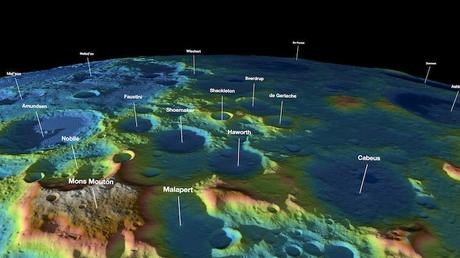
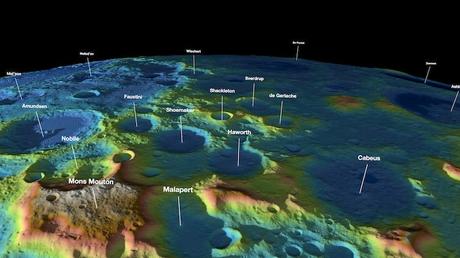
There are additional payloads on both spacecraft from private investors. Peregrine includes the "DHL Spacebox," which will carry personal items of paying customers, while Nova-C includes "The Humanity Hall of Fame" - a list of names to be sent to the moon for posterity. Such payloads can generate additional funding for the launch companies.
Several other companies will launch their first payloads to the moon in the coming years. With greater input from private companies - assuming these first few missions succeed - we could soon witness a new era in lunar exploration.
This article is republished from The Conversation under a Creative Commons license. Read the original article.


